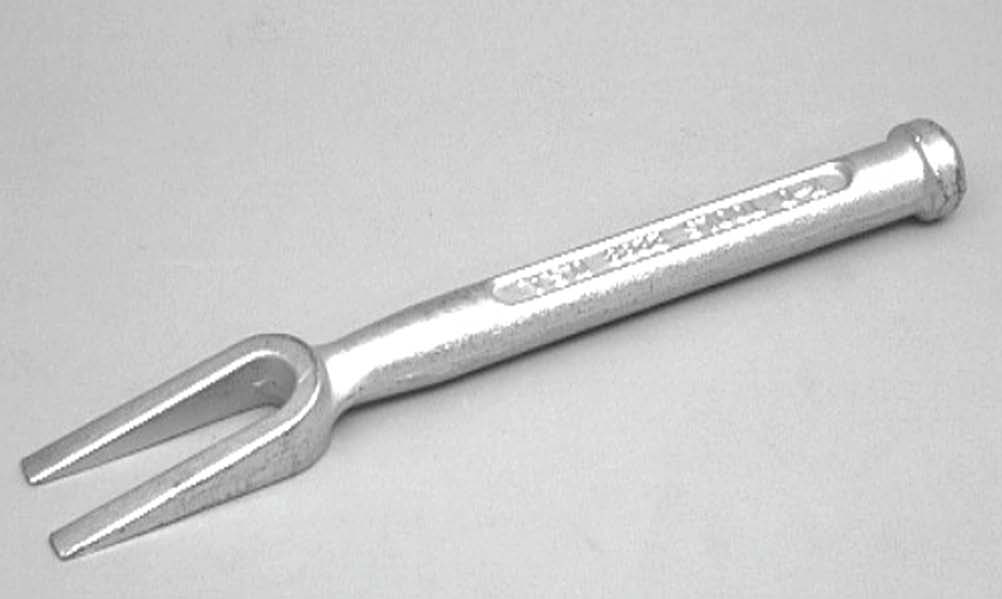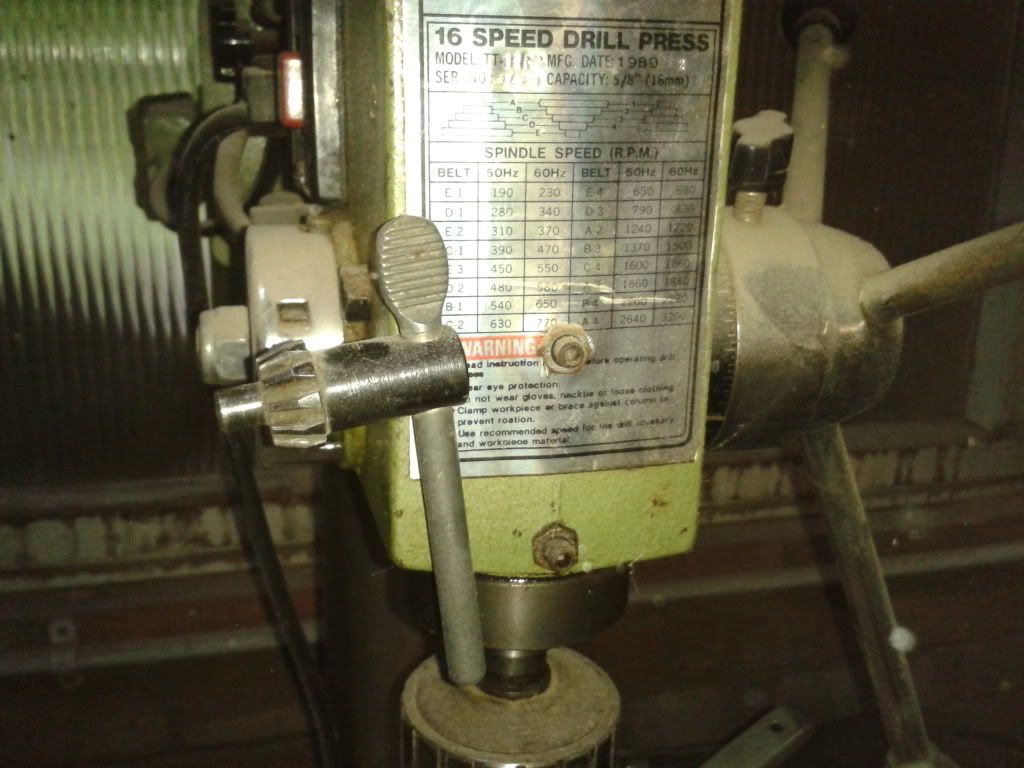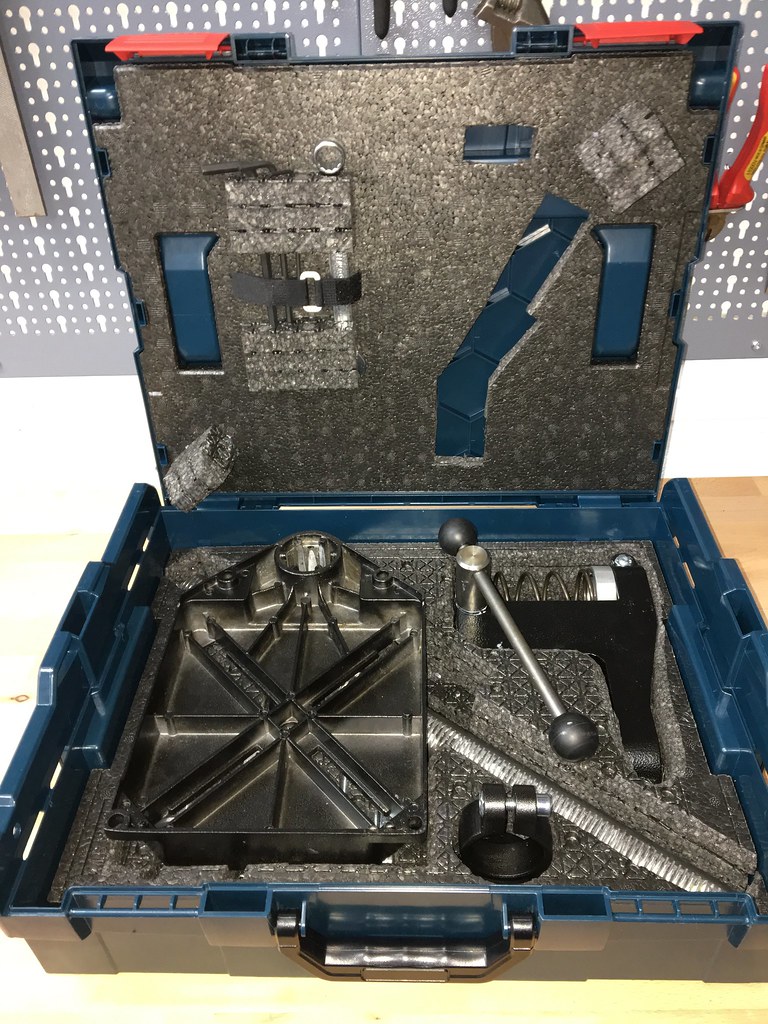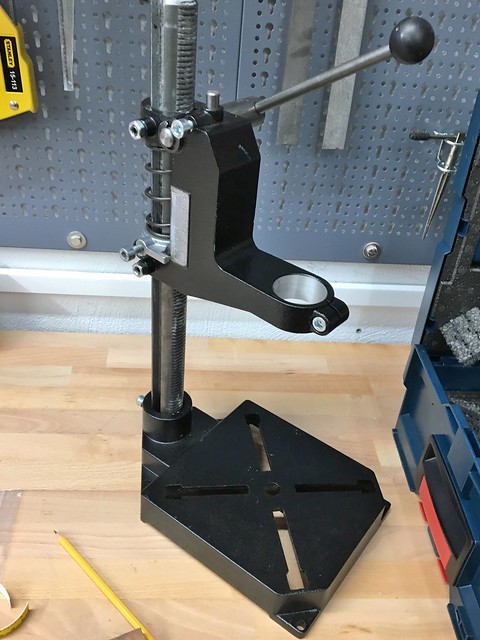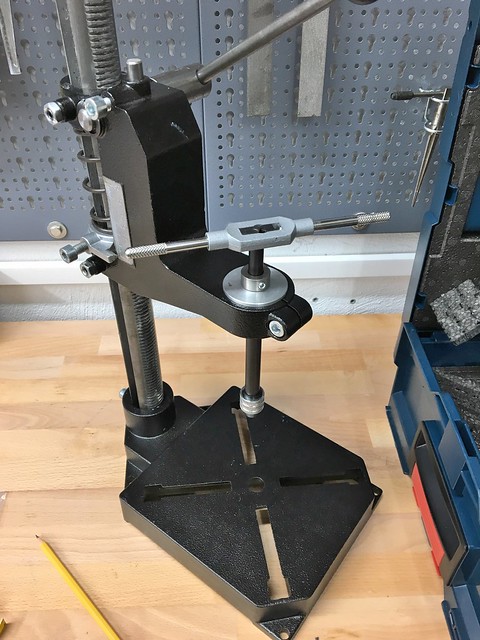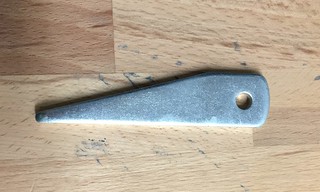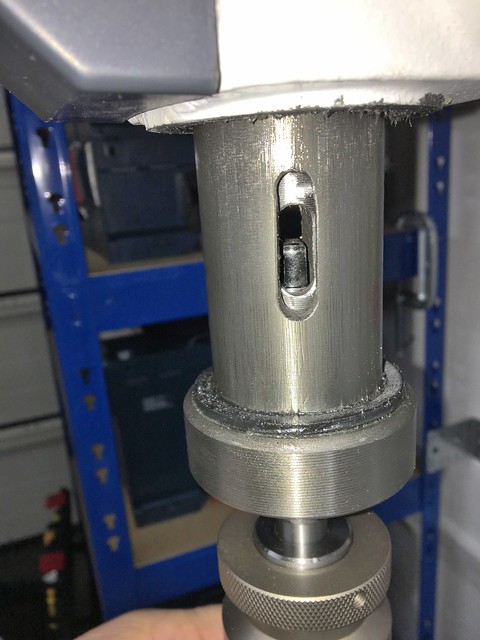I'm looking for a drill press as mine is shot.
Something that bugs me is why don't drill press' use linear guides? They all rely on a quill that fits snugly in the bushing. Why don't we see ball bearing linear guides?
Something that bugs me is why don't drill press' use linear guides? They all rely on a quill that fits snugly in the bushing. Why don't we see ball bearing linear guides?

































